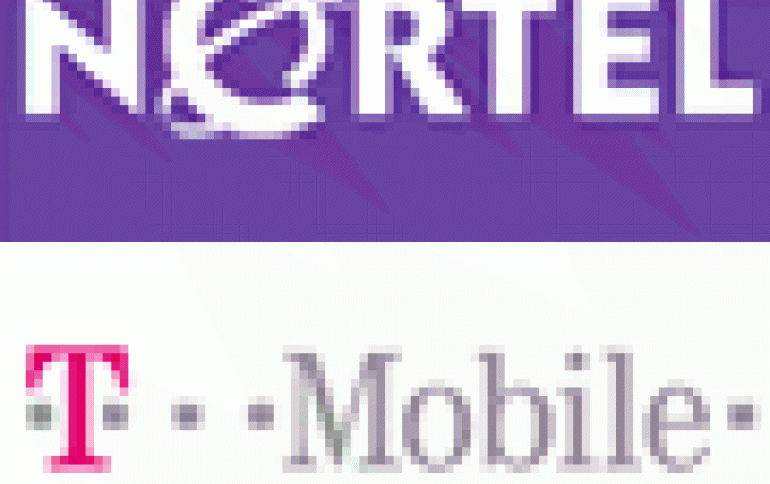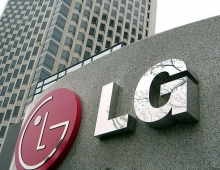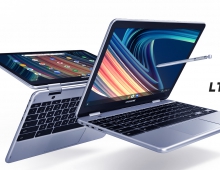
LTE Wireless Technology Achieves 170Kbps Download Rate in Moving Car Test
Mobile operator T-Mobile and Nortel Networks have successfully tested a new high-speed wireless technology
designed to make mobile connections as fast as fixed fiber links, Nortel Networks said.
T-Mobile showcased the next generation mobile communications (NGMN) in a live test under everyday conditions. In the trial, data was transmitted to and from a vehicle driving in Bonn between Deutsche Telekom's headquarters on the left side of the river Rhine and the T-Mobile headquarters on the river's right bank. On the four-kilometer test track data transmission went smoothly without interruptions and without loss of quality even across different cells - one of the most important prerequisites for qualification as a mobile communications network of the future. The network used in this test was established by Nortel and consisted of a multi - cell end-to-end Nortel network. LG Electronics terminals were used in the vehicle.
The experiment achieved data rates of up to 170 Mbit/s for downloads and up to 50 Mbit/s for uploads, the operator said, about three times faster than the new high-speed broadband technology VDSL it is currently rolling out across the country.
If the Long-Term Evolution (LTE) technology proved promising in more everyday situations, the Bonn-based company would consider upgrading its network with it, T-Mobile said.
"As a pioneer in the development of NGMN, T-Mobile marked the next step in testing future technology with this field trial. In line with the NGMN Alliance's recommendation we are the first network operator worldwide to take LTE as one of the possible new future technologies from the laboratory to the field. In doing so, we are consolidating our position as the leading network provider and innovation driver. At the same time, we are underlining our claim of continuing to offer our customers top quality and the fastest broadband connections for the mobile Internet with the next generation of networks," said a delighted Joachim Horn, chief technology officer of T-Mobile International AG, on the successful start to LTE testing.
T-Mobile had already showcased the capabilities of NGMN at CeBIT 2008: Visitors were able to experience in an on-site demonstration how close to real time several HD videos were transmitted with data download rates of up to 170 Mbit/s and upload rates of up to 50 Mbit/s.
In a second step, applications with high demands on bandwidth and latency like HDTV, HD-Video or Online Gaming will then be tested for their usability under real-world conditions, T-mobile said.
The industry has not settled on a standard for fourth-generation (4G) wireless networks, with some operators and developers lining up behind Sprint Nextel's WiMax technology and others promoting the LTE system.
Nortel Networks has said it sees LTE as the most likely upgrade path for about 80 percent of the world's existing mobile phone providers, with others going for WiMax.
The experiment achieved data rates of up to 170 Mbit/s for downloads and up to 50 Mbit/s for uploads, the operator said, about three times faster than the new high-speed broadband technology VDSL it is currently rolling out across the country.
If the Long-Term Evolution (LTE) technology proved promising in more everyday situations, the Bonn-based company would consider upgrading its network with it, T-Mobile said.
"As a pioneer in the development of NGMN, T-Mobile marked the next step in testing future technology with this field trial. In line with the NGMN Alliance's recommendation we are the first network operator worldwide to take LTE as one of the possible new future technologies from the laboratory to the field. In doing so, we are consolidating our position as the leading network provider and innovation driver. At the same time, we are underlining our claim of continuing to offer our customers top quality and the fastest broadband connections for the mobile Internet with the next generation of networks," said a delighted Joachim Horn, chief technology officer of T-Mobile International AG, on the successful start to LTE testing.
T-Mobile had already showcased the capabilities of NGMN at CeBIT 2008: Visitors were able to experience in an on-site demonstration how close to real time several HD videos were transmitted with data download rates of up to 170 Mbit/s and upload rates of up to 50 Mbit/s.
In a second step, applications with high demands on bandwidth and latency like HDTV, HD-Video or Online Gaming will then be tested for their usability under real-world conditions, T-mobile said.
The industry has not settled on a standard for fourth-generation (4G) wireless networks, with some operators and developers lining up behind Sprint Nextel's WiMax technology and others promoting the LTE system.
Nortel Networks has said it sees LTE as the most likely upgrade path for about 80 percent of the world's existing mobile phone providers, with others going for WiMax.





















